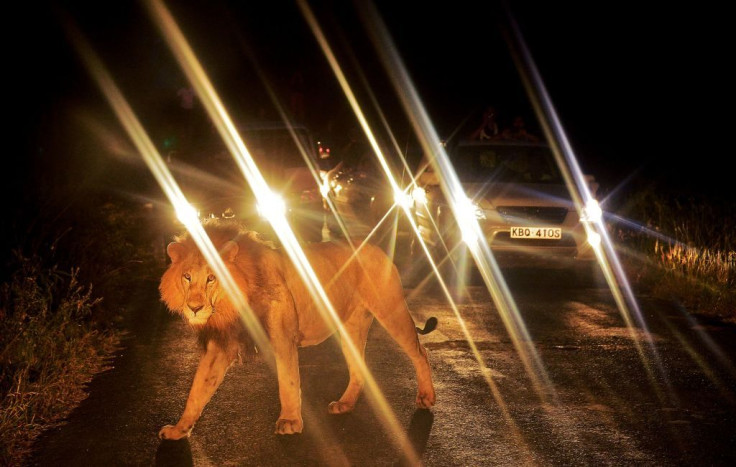The Nightlife Of Animals: Human Activity Is Making Wildlife More Nocturnal

A new study revealed humans and the disturbances they create are disrupting wildlife by forcing animals to stay out of sight during daylight and venture out more at nights.
While it is no new fact that human activity is responsible for the loss of habitats and other factors contributing to the decline in animal populations, this particular work takes a different approach and focuses on the subtler ways in which humans might be affecting wildlife around the globe.
The team, which included researchers from the University of California Berkeley and Boise State University, employed data from as many as 76 studies in which the daily activity of 62 mammal species spread across six continents was monitored with sophisticated observational techniques — cameras, GPS systems, and radio collars.
They analyzed animal activity timings at all the sites and noted how their behavior changed when humans were around. The differences in behavior were measured considering the amount of human disturbance prevalent in the region.
The findings of the work painted a shocking picture, revealing that animals like lions, otters, wild boars, and tigers are going nocturnal because of human disturbance. Essentially, if people are around, a mammal that would have used an equal amount of day and night time for daily activity, spent nearly 70% of its time venturing out at night.
As the researchers stressed, the discovery applied to all big mammals (weighing more than 1kg) — be it carnivore or herbivore — observed in the study and was consistent across most human-induced activities such as hunting, hiking, mountain biking, constructing roads or buildings, or farming.
“While we expected to find a trend towards increased wildlife nocturnality around people, we were surprised by the consistency of the results around the world,” lead author Kaitlyn Gaynor said in a statement. “Animals responded strongly to all types of human disturbance, regardless of whether people actually posed a direct threat, suggesting that our presence alone is enough to disrupt their natural patterns of behavior.”
Gaynor told the Associated Press, the animals could be playing it safe around humans and adapting to avoid humans. However, it is worth noting that while the shift could be a way to allow animals and humans to coexist in the same environment, it could even have a range of consequences on the animal species involved.
Specifically, animals who can not adapt to nightlife could face a number of problems. Their search for food could get disrupted due to more competition at night or they could be more vulnerable to other, bigger non-human predators in the neighborhood.
“Animal activity patterns reflect millions of years of adaptation,” senior author Justin Brashares added. “It’s hard to believe we can simply squeeze nature into the dark half of each day and expect it to function and thrive”.
The study titled, "The influence of human disturbance on wildlife nocturnality," was published June 14 in the journal Science.
© Copyright IBTimes 2024. All rights reserved.





















